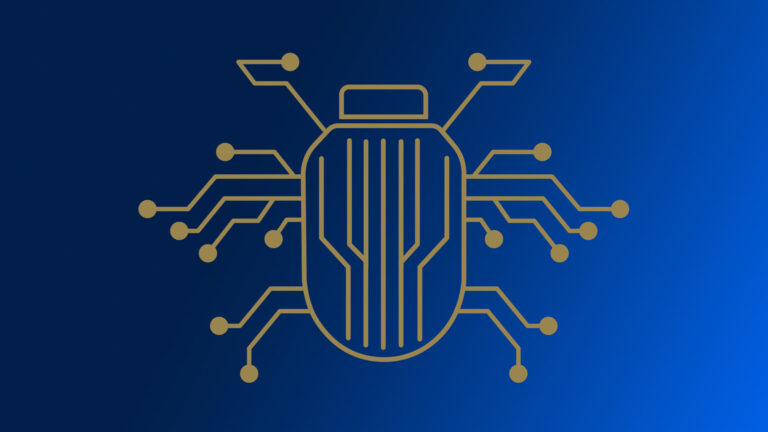Sometimes the only thing worse than not having enough information is having too much of it. This is particularly true for cybersecurity—organizations probably shouldn’t remain ignorant of potential threats, but they also don’t need to be bombarded with largely irrelevant data, either.
Should organizations blithely ignore every vulnerability disclosure, antivirus warning or a missive from a threat actor claiming they’ve already been compromised? No. (In many cases, that isn’t even an option due to a combination of government regulations and industry standards.) Should they constantly run automated tools promising to discover every vulnerability, misconfiguration and other security flaw in their networks instead? Probably not.
It’s often best to operate somewhere between these extremes. A survey conducted by ESG on behalf of Synack found that many organizations find it difficult to keep up with open vulnerabilities, coordinate vulnerability management processes across multiple tools and interpret the results of automated vulnerability scans, among other things. These organizations already have access to the information they need; they just need help using that knowledge effectively.
Synack’s penetration testing as a service (PTaaS) platform is designed to address those concerns. A global squad of elite researchers, the Synack Red Team (SRT), continuously evaluates an organization’s security posture based on its specific needs. Those researchers then write a report detailing their findings that is provided to the organization in question—but only after it’s been reviewed by a member of Synack’s vulnerability operations (VulnOps) team.
This approach enables organizations using Synack’s platform to receive up-to-date information about the security flaws they care about—whether it’s a vulnerable feature in their mobile app, a misconfigured API or something else entirely—without having to sift through a report containing a bunch of data that doesn’t interest them. The automated tools available today can’t do that; all they can do is operate under the parameters set when they were programmed and deployed.
Automating vulnerability discovery is only half the battle
Another downside of automated tools: They can’t account for the human aspect of cybersecurity. The warnings generated by antivirus software, endpoint detection and response tools and other solutions don’t just handle themselves. In many cases a security operations center (SOC) will have to decide how to respond to each warning—whether that means further investigating suspicious activity, ignoring false positives or some other approach entirely.
Many SOCs are understaffed. A barrage of notifications from their security tooling can be useful, but it can also result in alert fatigue, which Proofpoint describes as “a phenomenon that occurs when cybersecurity professionals are inundated with such a high volume of security alerts that it leads to a diminished ability to react effectively to and investigate real threats.” In other words: There’s too much noise for them to pick up on the signal. (Or simply have a less stressful day.)
Of course, different organizations will have varying requirements for security reporting. Some don’t want any more than the bare minimum; others want as much information as possible. The important thing is finding the right signal-to-noise ratio for each organization. A human-led approach to security testing can then come much closer to that ratio than a fully automated solution ever could. Learn more about how Synack can help you achieve the necessary balance with vulnerability management.




